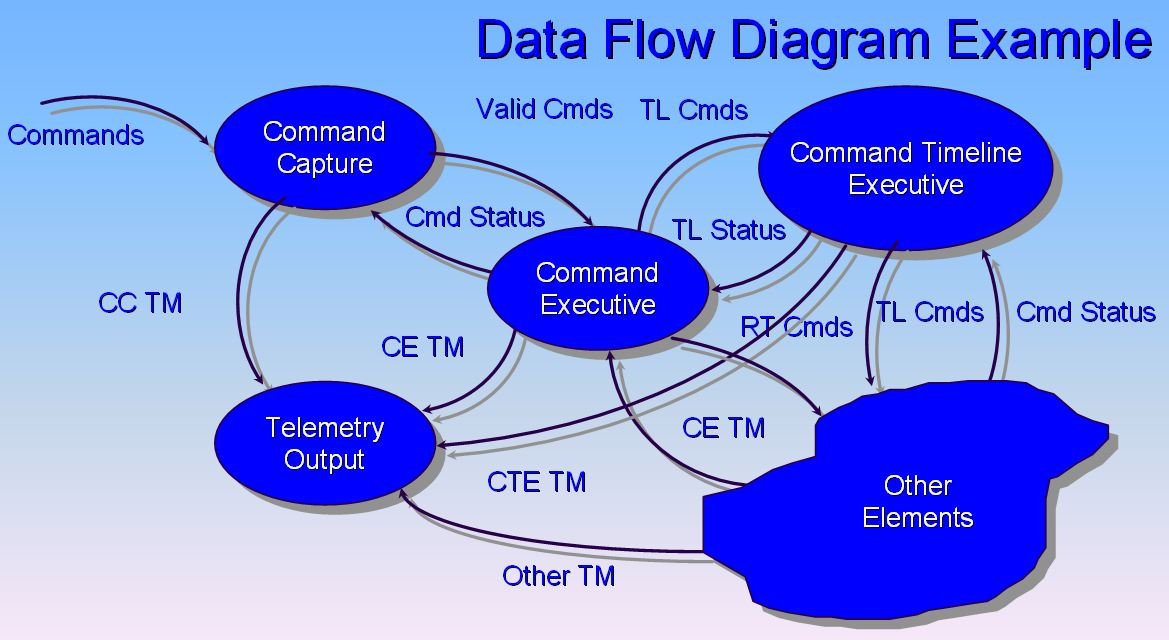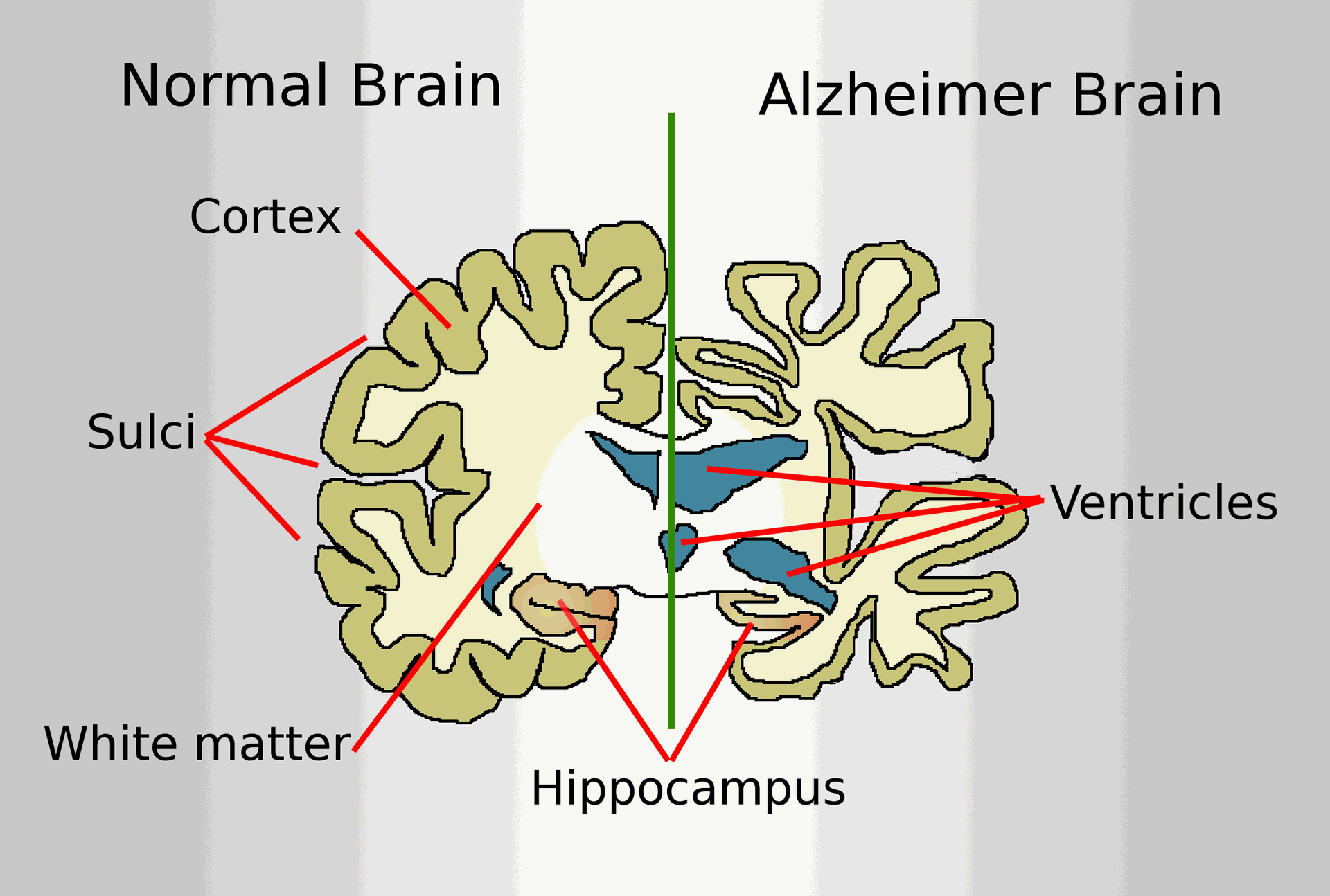The traditional approach to laboratory diagnostics often relies on the analysis of individual biological molecules, such as DNA, RNA, or proteins. While these approaches provide valuable information, they may not capture the complete picture of a patient's health or disease. Integrating data from multiple omics platforms, a technique known as multi-omics analysis, offers a more comprehensive understanding of biological processes and disease mechanisms. This blog explores the potential of multi-omics data integration for improving diagnostic lab results and advancing personalized medicine.
Challenges of Single-Omics Analysis:
- Limited Scope: Analyzing a single omics layer provides a snapshot of a specific biological process. However, complex diseases involve interactions between various cellular components.
- Heterogeneity: Diseases can manifest differently in individual patients. Single-omics approaches might not capture the full spectrum of disease variability.
Benefits of Multi-Omics Integration:
- Holistic View: Integrating data from genomics, transcriptomics, proteomics, and metabolomics provides a more comprehensive understanding of cellular function and disease progression.
- Biomarker Discovery: By identifying correlations between different omics data sets, researchers can discover novel biomarkers for disease diagnosis and prognosis.
- Personalized Medicine: Multi-omics data can inform the development of targeted therapies tailored to an individual's unique molecular profile.
Technical Considerations:
- Data Standardization: Data generated from different platforms may require normalization and standardization to ensure compatibility for integration.
- Data Analysis Pipelines: Complex bioinformatics pipelines are crucial for effective multi-omics data analysis and interpretation.
- Data Security and Privacy: Robust data security measures are essential to protect patient privacy and ensure responsible data management.
Examples of Multi-Omics Applications in Diagnostics:
- Cancer Diagnosis: Integrating genomic and transcriptomic data can improve cancer classification, predict treatment response, and identify potential drug targets.
- Neurological Disorders: Multi-omics analysis can shed light on the complex molecular underpinnings of neurological diseases like Alzheimer's and Parkinson's.
- Infectious Diseases: Integrating genomic data from pathogens with host immune response data can aid in identifying novel therapeutic strategies for infectious diseases.
The Future of Multi-Omics in Diagnostics:
Multi-omics analysis holds immense potential for revolutionizing laboratory diagnostics. As technology advancements facilitate efficient data management and analysis, we can expect to see the integration of multi-omics data becoming increasingly routine in clinical settings. This will pave the way for the development of more accurate, personalized, and effective diagnostic tools for a wide range of diseases.
Explore multi-omics data for cancer diagnosis in this video lecture:

